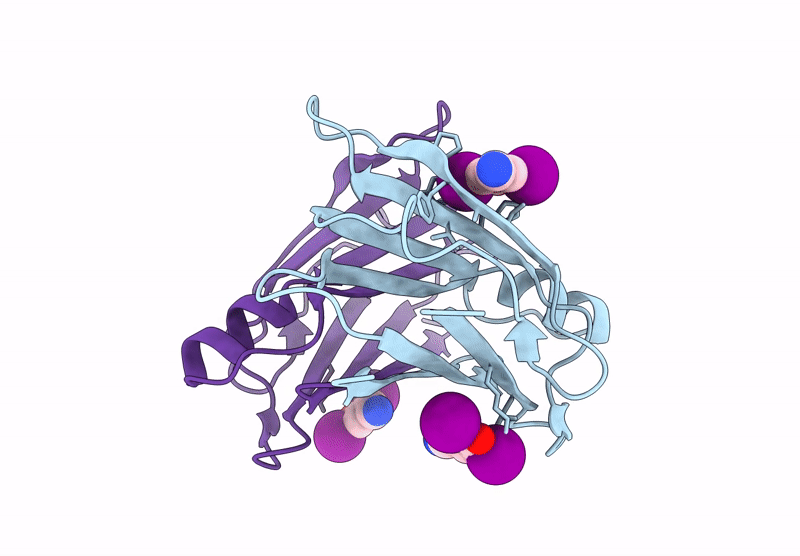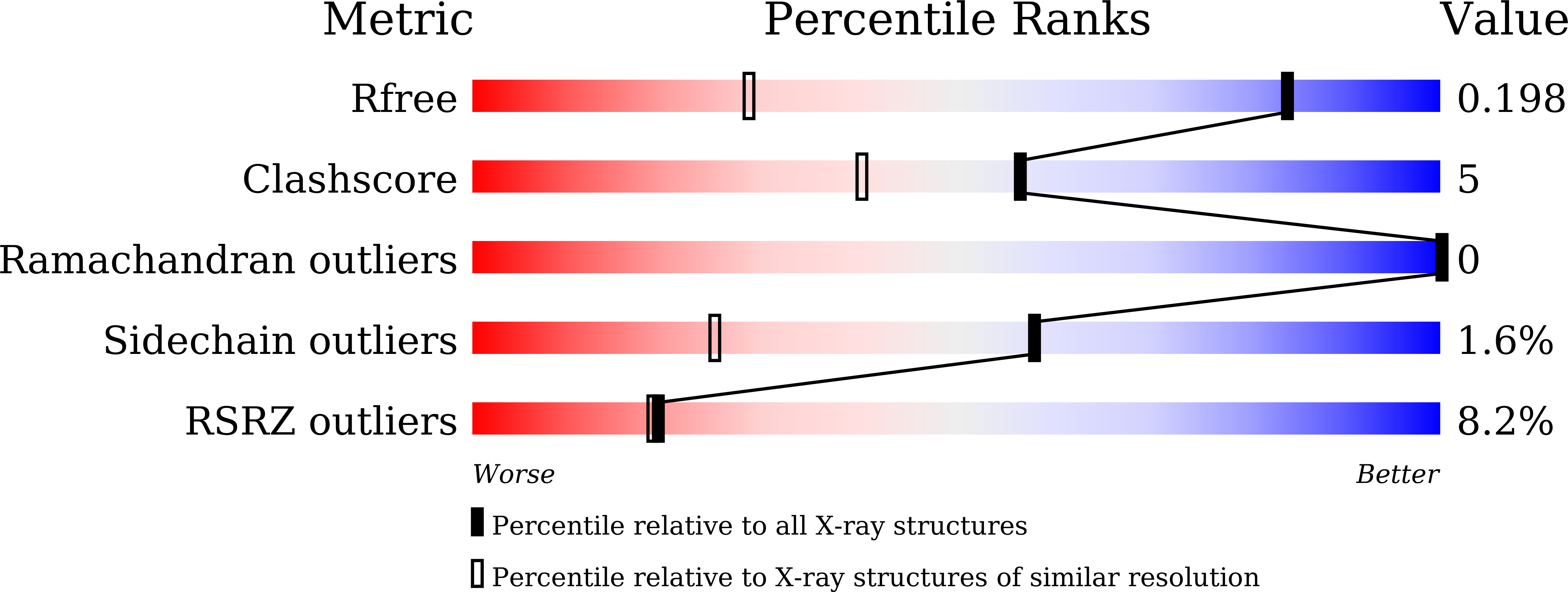
Deposition Date
2024-09-12
Release Date
2025-01-22
Last Version Date
2025-02-05
Entry Detail
PDB ID:
9JIR
Keywords:
Title:
Crystal structure of V30M-TTR in complex with ioxynil
Biological Source:
Source Organism:
Homo sapiens (Taxon ID: 9606)
Host Organism:
Method Details:
Experimental Method:
Resolution:
1.30 Å
R-Value Free:
0.19
R-Value Work:
0.17
R-Value Observed:
0.17
Space Group:
P 21 21 2


